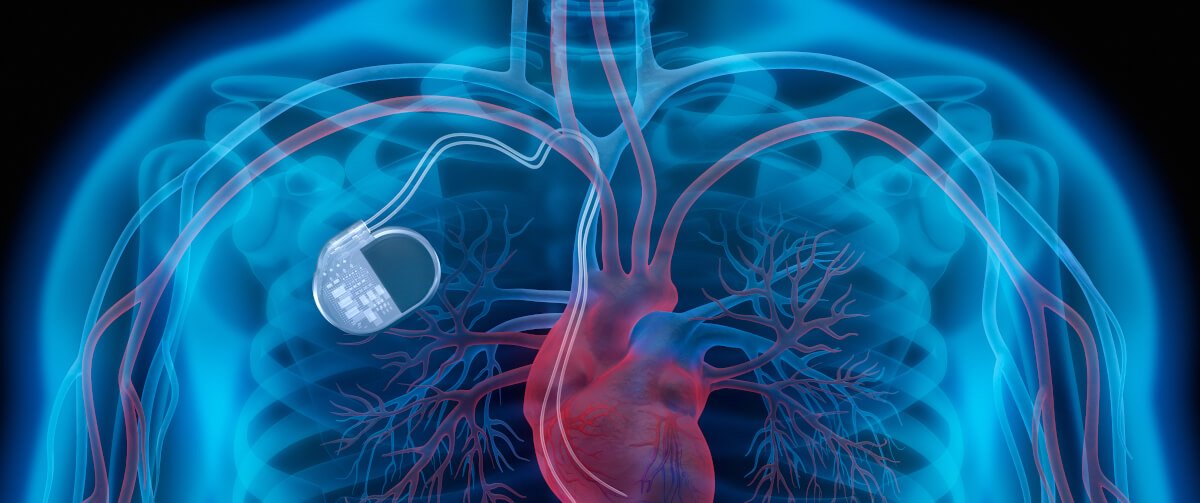What are the Typical Phases for Manufacturers in a Clinical Investigation?

DATE
May 07, 2021
AUTHOR
Benjamin Sauer | VP Engineering
What is a clinical investigation?
According to Section 4 (23) of the AMG, clinical investigations are “any investigation conducted in humans intended to explore or demonstrate clinical or pharmacological effects of drugs or to detect adverse reactions or to study absorption, distribution, metabolism, or excretion with the aim of ascertaining the safety or efficacy of drugs.”
The aim of clinical investigations for medical devices is to systematically assess the safety and performance of a product on one or more subjects. This article will elaborate on the different phases of clinical investigations for medical devices.
Concept Phase
Every clinical investigation should start with a concept. This phase can be understood as a synopsis in which the essential key data of the medical device are defined. The investigation must be guided by the specific safety and performance parameters of the investigational device, such as intended purpose and clinical evaluation planning. The first challenge for medical device manufacturers is often to define and break down the clinical performance of the device and the patient population.
Once the rough intended use of the medical device is established, the literature search can begin. For the clinical evaluation, literature sources should be searched for specific keywords and comparable devices researched in detail. Both the parameters and the clinical benefit must be adapted to the medical “state of the art”. If the benefit is not adapted to the state of the art, it will be difficult to take the product to the market later on. Here, it is particularly important to compare the product with alternatives on the market and to obtain any clinical data on the benefit-risk profile there as well.
The clinical benefit must be…
- based on measurable parameters
- patient-relevant
- scientifically valid.
The selection of databases to be researched is just as important as the search strategy. While the EU MDR does not provide specific guidance on the selection of literature databases, it does require peer-reviewed publications in Article 2 (48). An important source for this are relevant databases or safety databases of authorities, such as:
- PubMed
- Cochrane Library
- Embase
- Clinical Guidelines
- ClinicalTrials
- FDA-Datenbanken
- BfArM
- swissmedic
Compared to the Medical Device Directive (MDD), manufacturers must be much more precise in the formulation of the intended purpose with the MDR. With the help of several iteration loops, it should finally also be checked whether the concept is still coherent.
Planning Phase
The planning phase is an essential part of the clinical investigation and builds on the concept. It can take up to several months, which is why medical device manufacturers should think carefully about whether a clinical investigation is necessary at all. With the wrong population size or type of investigation, or an unrealistic project plan, a clinical investigation can quickly fail and incur unnecessary costs. During the planning phase, specific objectives or the direction of the clinical investigation are defined. It must be defined whether and to what extent the product is superior to other existing products on the market.
In addition, the abstract is concretized and the inclusion and exclusion criteria are supplemented by ethical aspects. The measurement methods are also defined here: If there are different measurement methods (such as, measurement instruments, investigators, laboratories or survey times), the agreement of the measurements should be clarified beforehand. Another important aspect is the sample size estimation including the possible drop-out rate (i.e. the estimated proportion of patients who might drop out of the study). With digital tools such as ePRO (electronic Patient Reported Outcome), the drop-out rate can be significantly reduced; because product users do not have to deal with paper questionnaires, but can conveniently complete the surveys from any terminal device. All data ends up with the study coordinator in real time. Every clinical requires a rationale for the planned sample size; therefore, it is recommended to work out the planned case numbers together with experienced physicians and/or biometricians.
Furthermore, manufacturers must prepare checklists in the planning phase, such as for the submission of the plan to the ethics committee, the clinical investigation plan and clinical investigator’s manual, and the case report form in accordance with EN ISO 14155:2020. These checklists should also be aligned with the EU MDR. The necessary documents at this stage include the clinical investigation plan, the clinical investigator’s manual, and the case report form (CRF).
For medical devices without a CE marking, essential parts of the technical
documentation, especially with regard to basic safety, must also be submitted. Technical and biological safety tests must be carried out for this purpose.
Insurance should also be considered at this point: Does the clinical investigator have liability and legal protection insurance, and has personal injury insurance been taken out? More information on insurance can be found here.
Last but not least, the investigators should be selected and their “site feasibility” should be weighed. This includes qualifications of the persons involved (e.g. Good Clinical Practice certificates, GCP for short), the selection of personnel (e.g. study coordinator) as well as the infrastructure (e.g. the selected testing and measurement methods).
Submission and initiation phase
In the next phase, manufacturers come into contact with various authorities. Here, particular attention should be paid to the guidelines for submission to the Ethics Committee, such as the cover letter and the table of contents. A checklist on the chapter of the various standards or the EU MDR can also help here. In addition, it makes a significant difference whether a product is novel without approval or already CE-marked. In the first case, it is mandatory to go via the ethics committee.
During the initiation visit, logs are defined, informed consent is obtained from trial subjects, and processes for reporting Serious Adverse Events (SAEs) are established. In addition, potential adverse events that could be caused by the medical device should be defined.
By May 2021, there should be a new version of the authority application and an EUDAMED module should also be available for submission. It is recommended to keep training logs, maintain evidence documents and document all processes cleanly. The aim here is not to market the product but to present verifiable data and facts.
Implementation Phase
In the final phase, clinical investigation documents are continuously updated, including participant consent forms. For monitoring purposes, manufacturers should coordinate closely with their Contract Research Organization (CRO). If there are any changes within the team at the trial site, these must also be recorded; this is usually done via the CRO. In addition, clinical data should be validated on an ongoing basis to ensure that it is plausible and accurate – and by someone not directly at the study site. Here, a clinical data capture software can be particularly helpful and time-saving. Any protocol discrepancies should also be documented or resolved. Adverse events should be recorded, categorized, and reported. In addition, the “Trial Master File” or the “Investigator Site File” should be kept current.
After successful completion of the study, close-out visits are conducted and the Investigator Site File is closed. Signatures of key participants are recorded and there must be a report of the clinical investigation including communication according to EN ISO 14155:2020. The results should be included in the Technical Documentation.
Want to know more about conducting clinical studies with digital solutions? Schedule your demo now.






